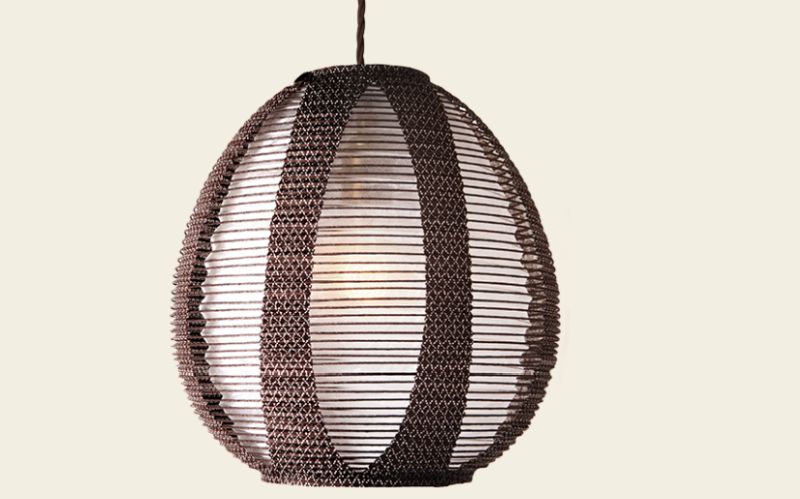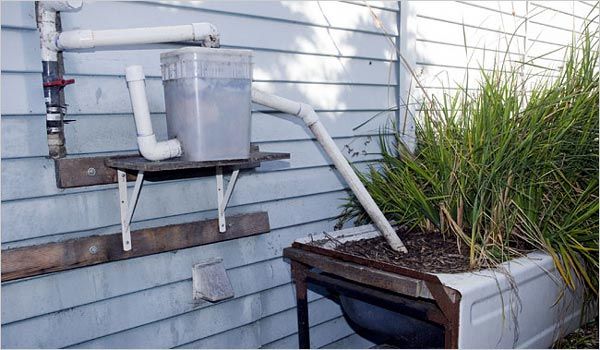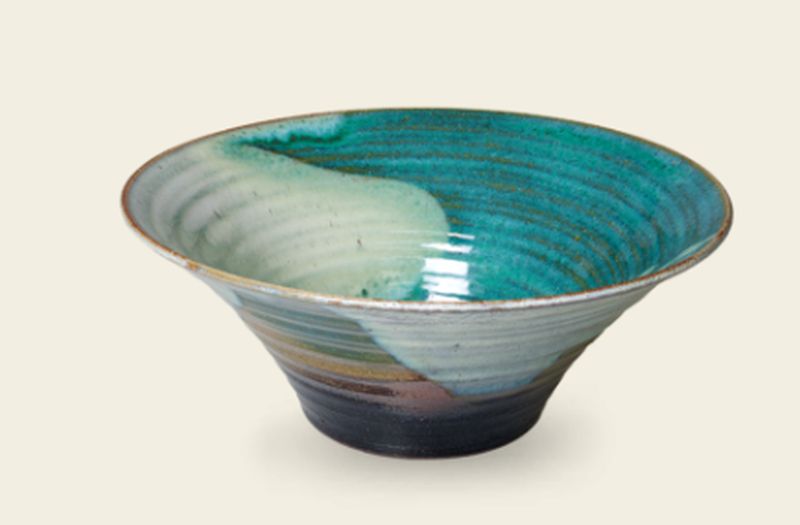Professional and amateur designers alike have taken inspiration from Japan for decades. But there’s far more to it than aesthetics. As the climate change crisis worsens, it’s the environmental qualities of Japanese design that make it more important than ever. Here are some eco-friendly Japanese concepts, and how they can be transferred to interior design.
Mottainai discourages waste
Mottainai’s profile outside of Japan has been rising steadily in the past few years. In 2015, one outlet described it as “a philosophical answer to environmental crises.” So what is it? According to Japanese Language Blog, the word translates roughly as ‘it’s a waste’. When someone is being wasteful, an observer is likely to say “mottainai” to point this out to them. It is also used as a rough analogue to ‘you shouldn’t have’ when someone is gifted an expensive present.
Mottainai is more than just a word, though. It encapsulates an anti-waste state of mind. Gaining popularity after the devastation of the Second World War, mottainai is all about conserving resources and living within your means. With Japan’s rapid population growth, this mindset has become even more important.
The principle of mottainai can manifest itself in design in a number of ways. In Tokyo, wastewater is often reused for other purposes, such as washing, toilet flushing, and the creation of decorative waterfronts.
Repurposing used water in this way can be done on a home-by-home basis with a few techniques. Install a bucket in your shower so that while you wait for it to warm up you’ll collect plenty of clean water to use later. A more technical solution is to install a greywater drainage system. This will divert water that could be used for something else away from the drain, and into a collection unit.
Visually, mottainai-inspired design appears modest and minimal. Just as a mottainai lifestyle is not wasteful, neither is a mottainai design. Using reclaimed materials like wood or brick for flooring or walls respectively will mean even your home’s fixtures are as unwasteful as they could possibly be.
Mottainai design is characterised by a distinct lack of opulence, as extravagant spending or cluttered furniture arrangements are, naturally, wasteful.
Wabi-sabi accepts imperfection
Along with mottainai, wabi-sabi has been gaining acceptance among interior design enthusiasts outside of its native Japan. Wabi-sabi doesn’t necessarily have to relate to the environment, but its implications can definitely encourage climate-conscious behaviour.
Japanese craft company Sansho defines wabi-sabi as not just the acceptance of imperfection, but the affirmation of imperfection. Embracing natural imperfection in this way can make an obvious difference to interior design. Wabi-sabi designs are simple, uncluttered, modest, and they make use of many natural textures and items.
Once again, reclaimed materials and furniture can play a big part. But the wabi-sabi philosophy does have some unique implications. If any of your interior decoration was to become broken or damaged, wabi-sabi dictates that you should keep it. In a way, this links back to mottainai, as keeping broken decorations will by definition reduce waste.
The USA produces 9.8 million tons of furniture waste per year. Whatever you can do to reduce this will go a long way to helping the environment.
Part of the reason mottainai and wabi-sabi put the environment first is because they are lifestyle philosophies, not just design styles. A house designed with these principles in mind will naturally lead you to conserve energy, reduce waste, and recycle. Welcoming wabi-sabi and mottainai into your life will naturally welcome them into your life, and the planet will be better off for it.
Article Submitted By Community Writer




